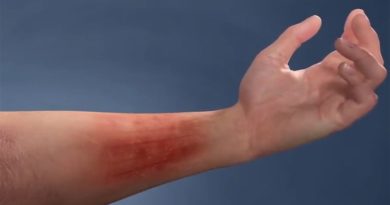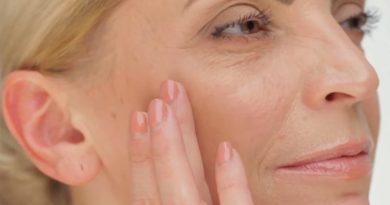Acne
| About | Types | Causes | Diagnose | Treatment |
1. About:
The majority of people can get acne at any time in their lives. It results in greasy skin, patches, as well as hot or uncomfortable skin to the touch.
Usually, acne appears on these parts:
- Face: almost all people with acne get this.
- Back: over half of the acne people get this.
- Chest: 15% of acne people get this.
2. Types of Acne Spots:
Acne may lead to 6 different types of spots:
Blackhead: Blackhead spots are tiny, black, or yellow color pimples that are present on the skin’s surface. They are not caused by dirt accumulation; rather, their black hue is from pigmentation, or coloring, produced by the inner lining of the hair follicle.
Whiteheads: Similar in appearance to blackheads, whiteheads can be stiffer and refuse to go away when squeezed.
Papules: Papules are little red pimples that can hurt or feel painful.
Pustules: Pustules, which seem like papules but have a white tip in the center due to a build-up of pus.
Nodules: Nodules, are large, hard lumps that develop beneath the skin’s surface and can be painful.
Cysts: Cysts, which are the most severe type of acne spot and resemble large boils, are the most likely to leave permanent scars.
3. Causes of Acne:
Hair follicles, which are microscopic pores in the skin, clog and produce acne.
Little glands called sebaceous glands are located close to the skin’s surface. These glands are connected to hair follicles, which are tiny pores in your skin from which a single hair emerges.
Sebaceous glands prevent skin and hair from drying out by moisturizing them. They achieve this by generating sebum, an oily material.
The glands overproduce sebum when acne occurs. Dead skin cells and excess sebum combine to create a clog in the follicle.
The clogged follicles can subsequently get contaminated and infected by normally benign skin germs, leading to the development of papules, pustules, nodules, or cysts.
Increased levels of the hormone testosterone, which happens throughout teenagers, are thought to be the cause of teenage acne. In addition to keeping girls’ and boys’ muscular and bone strength, the hormone plays an essential role in promoting the growth and development of the penis and testicles in males.
Hormone sensitivity is very high in the sebaceous glands. It is believed that more testosterone causes the glands to create more sebum than what the skin requires.
Bad acne may run in families. You’ll likely get acne if your parents have.
Women represent about 80% of adult acne cases. Many adult cases of acne are believed to be brought on by fluctuations in hormone levels that many women suffer repeatedly.
4. Screening of Acne:
After checking your skin, your physician can provide an acne diagnosis. This entails looking for various types of spots, such as blackheads or sore, red nodules, on your face, as well as maybe your chest and back.
The number of spots you have and their level of irritation and inflammation will help you evaluate the severity of your acne, which is important for making treatment plans.
There are 4 Grades by which acne severity can be examined:
Grade 1 (Mild): Whiteheads and blackheads are the main types of acne, with a small number of papules and pustules
Grade 2 (Moderate): Acne is usually limited to the face in grade 2
Grade 3 (Moderately severe): In grade 2, the back and chest are also affected. In this grade, there are numerous papules and pustules, as well as the odd inflammation nodule.
Grade 4 (Severe): There are numerous big, painful pustules and nodules in Grade 4.
5. Treatment of Acne:
The degree of severity of acne affects how it should be treated. Before acne symptoms get better, treatment may be required for several months.
The following is a summary of the many acne treatments.
You should be able to effectively treat a small number of blackheads, whiteheads, and spots with over-the-counter gels or creams (topical treatments) that contain benzoyl peroxide.
The following prescription medicines can be used to treat acne:
- Prescription retinoid
- Antibiotics used topically
- Azelaic acid
- Tablets of antibiotics
- Isotretinoin tablets
- Combination oral contraceptive pills for women
Topical treatments (gels, creams and lotions)
Topical retinoid: To keep dead skin cells from gathering within hair follicles, topical retinoids work by cleaning the skin’s surface.
Topical antibiotics: Topical antibiotics help in preventing the growth of skin microorganisms that may clog hair follicles. Topical antibiotics can be used once or twice a day in the form of lotion or gel.
Azelaic acid: When topical retinoids or benzoyl peroxide causes painful or irritating side effects, azelaic acid is frequently utilized as an alternate acne treatment.
Antibiotic tablets: To treat more severe acne, oral antibiotics, also known as antibiotic pills, are typically used in conjunction with a topical treatment.


